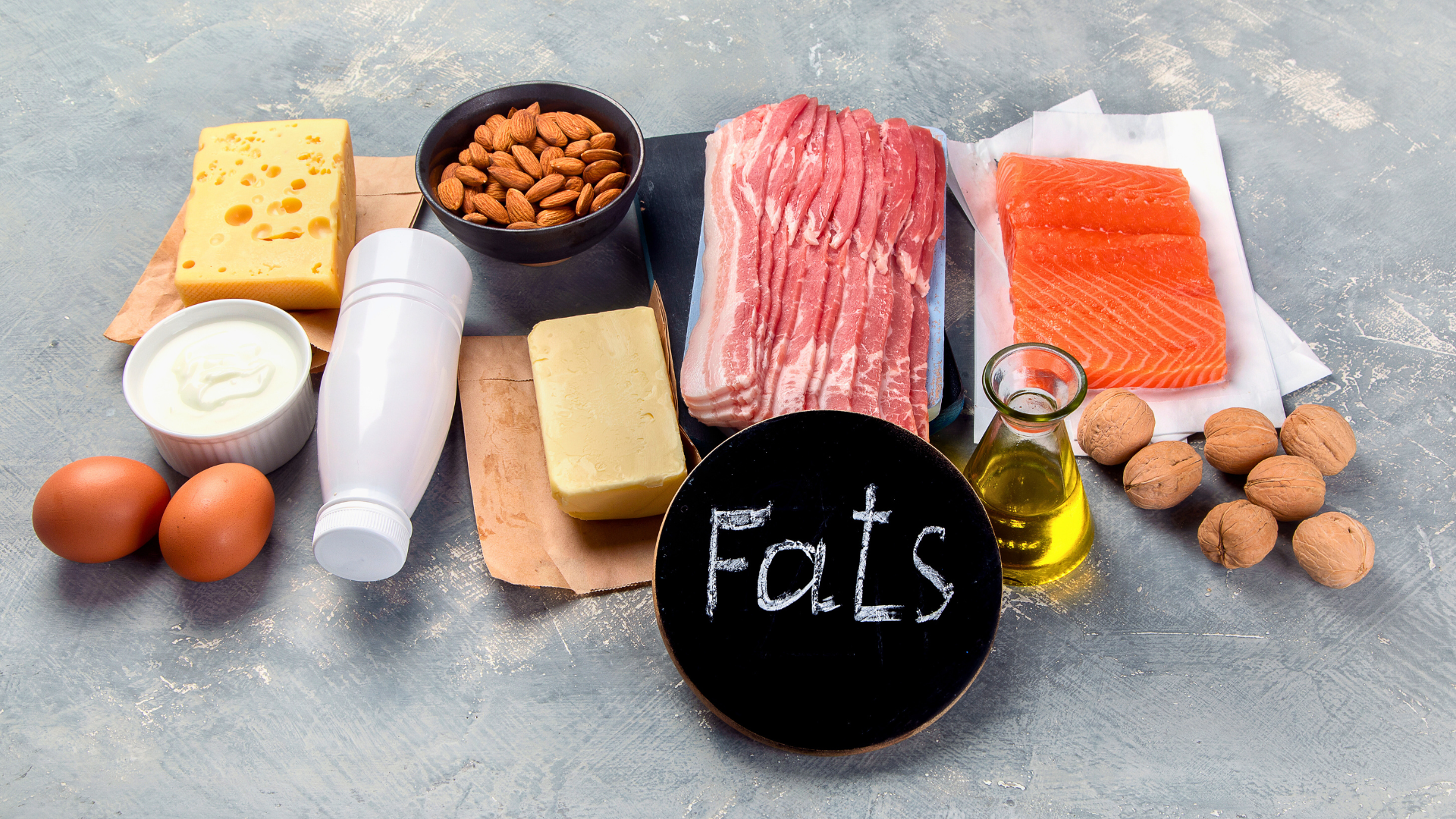Linking Inflammation, Diabetes, and Breath Analysis
Diabetes is as common as it is misunderstood. Perhaps the most common misconception is that
it’s a consequence of carbohydrate overconsumption. Perhaps the most straightforward proof that diabetes is not a result of carbohydrate consumption is the fact that humans consumed significantly more carbohydrates in previous centuries without triggering anything close to the diabetes epidemic our world faces today. Clearly, the fact that diabetes was practically nonexistent before the 1950s but has exponentially propagated in just a few decades indicates that it constitutes a much more complex metabolic dysfunction that is inextricably linked to our modern way of life. This article explains the pathophysiological origins of diabetes and its link to chronic inflammation and fat accumulation. A comprehensive 7-step overview explores how inflammation causes insulin resistance, leading to fat accumulation, low energy levels, and, ultimately, diabetes. Last, we discuss how the progression of this condition can be monitored reliably through breath analysis.
Step 1 - Onset of inflammation
Exogenous deleterious factors stimulate the production of inflammatory substances in our body’s response to mitigate the negative impact such factors may induce.
Inflammatory cytokines, such as tumour necrosis factor-alpha (TNF-α) and interleukin-6 (IL-6), can activate various signalling pathways that interfere with insulin signalling. This disruption often involves inhibiting insulin's ability to promote glucose uptake and utilization in cells, leading to insulin resistance. Some of the most prominent inflammatory factors include:
- Excessive calorie consumption
- Junk food
- Lack of micronutrient intake
- Lack of physical exercise
- Lack of sleep
In our recent article about inflammation, we dive deeper into the exogenous stimuli that trigger our body’s inflammatory responses and the principal prevention mechanisms we can apply daily.
Step 2 - Inflammation neutralizes our cells’ insulin receptors (Insulin Resistance)
Inflammatory markers exert their detrimental effects on insulin receptors of cells through various molecular mechanisms. These markers initiate inflammatory pathways that interfere with insulin signalling cascades upon activation. This interference includes the increased phosphorylation of serine residues on insulin receptor substrate-1 (IRS-1), diminishing its ability to relay signals downstream in the insulin pathway. Additionally, inflammatory cytokines can directly hinder insulin receptor activity, possibly through receptor internalization or impaired autophosphorylation. Activation of stress-sensitive kinases, such as JNK and IKK, further exacerbates insulin resistance by phosphorylating IRS-1, impeding its interaction with downstream signalling molecules. Furthermore, inflammatory signals disrupt insulin-stimulated glucose transporter type 4 (GLUT4) translocation to the cell membrane, consequently reducing glucose uptake. These molecular disruptions culminate in insulin resistance, a pivotal factor in the pathogenesis of conditions like type 2 diabetes, where chronic low-grade inflammation plays a significant contributory role.
Step 3 - Insulin resistance causes fuel utilization dysfunction
When we consume food, our pancreas responds by secreting insulin, the hormone that enables glucose to enter cells and be oxidized. When cells, including muscle cells, become insulin resistant, there's an impaired ability to use glucose for energy efficiently. Cellular desensitization to insulin means that they no longer respond to insulin and are thus unable to absorb and utilize glucose. To compensate for this reduced glucose utilization, there is an increased reliance on alternative energy sources, such as fatty acids.
Step 4 - Fuel utilization dysfunction leads to fat accumulation and lower energy levels
In insulin-resistant states, cells, especially muscle cells, enhance their uptake of fatty acids and prioritize lipid storage over glucose utilization. This shift towards increased fatty acid uptake and storage contributes to the accumulation of intramyocellular lipids (i.e., the buildup of fat within our muscles and organs). Essentially, when cells become insulin resistant, they favour fat accumulation because their ability to respond to insulin's signals for glucose uptake properly is compromised. Since glucose is the primary energy source for cells, their inability to absorb it deprives them of the valuable fuel they need, leading them to develop feelings of fatigue and low energy levels.
Step 5 - Accumulated fat causes more inflammation and insulin resistance
Both visceral fat, found around internal organs in the abdominal cavity, and intramyocellular fat, which accumulates within muscle cells, are sources of inflammatory markers. Visceral fat is highly metabolically active and secretes pro-inflammatory cytokines and adipokines such as TNF-alpha, IL-6, and leptin. These substances contribute to chronic low-grade inflammation, a key factor in developing conditions like insulin resistance and cardiovascular diseases. Similarly, intramyocellular fat accumulation disrupts cellular processes and is associated with increased production of inflammatory markers. TNF-alpha, IL-6, and other cytokines released by intramyocellular fat can impair insulin signalling within muscle cells, further contributing to metabolic dysfunction and insulin resistance. Overall, both visceral and intramyocellular fat play roles in systemic inflammation through the secretion of inflammatory markers, which have significant implications for metabolic health and the development of chronic diseases.
Step 6 - Insulin resistance leads to elevated blood sugar (Pre-diabetes)
In insulin resistance, cells become less responsive to insulin signals, particularly muscle, fat, and liver cells. Typically, insulin facilitates glucose uptake into these cells by promoting the translocation of glucose transporter proteins, such as GLUT4, to the cell membrane. However, this process is impaired in insulin resistance, resulting in reduced glucose uptake by cells, particularly in muscle and fat tissues. Consequently, less glucose is taken from the bloodstream and sent into cells for energy use.
Step 7 - Pancreas goes on over-drive and ultimately fails (Diabetes)
Initially, the body attempts to compensate for insulin resistance by producing more insulin (hyperinsulinemia) to overcome the decreased responsiveness of cells. This compensatory mechanism helps maintain relatively normal blood sugar levels in the early stages of insulin resistance. However, over time, the pancreas may fail to sustain this increased insulin secretion, leading to a decline in insulin production and exacerbating hyperglycemia.
Breath analysis, an easy and reliable monitoring tool for metabolic function.
As described in the 7-step process above, the fundamental consequence that unilaterally describes metabolic dysfunction is the cells’ inability to metabolize glucose and instead favours nutrient storage overutilization for energy production. Simply put, when consuming food, metabolic impaired individuals store it instead of using it to power the body. Measuring the Respiratory Exchange Ratio (RER), the balance between carbon dioxide production over oxygen consumption during the post-prandial state (i.e., after a meal), is perhaps the easiest and most reliable method for understanding whether our cells can utilize the food we consume. In metabolically healthy individuals, the respiratory exchange ratio will rise precipitously after food consumption, indicating that cells absorb and use the nutrients ingested. Conversely, in metabolically compromised individuals, RER will exhibit a blunt increase, indicating that nutrients cannot enter cells, get oxidized, and produce carbon dioxide that would otherwise cause RER to rise. Breath analysis not only provides a direct measure of the fundamental mechanism defining metabolic dysfunction but also constitutes a non-invasive and easy assessment. This is in contrast to traditionally used methods such as the euglycemic insulin clamp, which requires trained medical professionals to perform blood analysis and be present at a medical facility.
An Ounce of Prevention - Hyperion Health Blog




